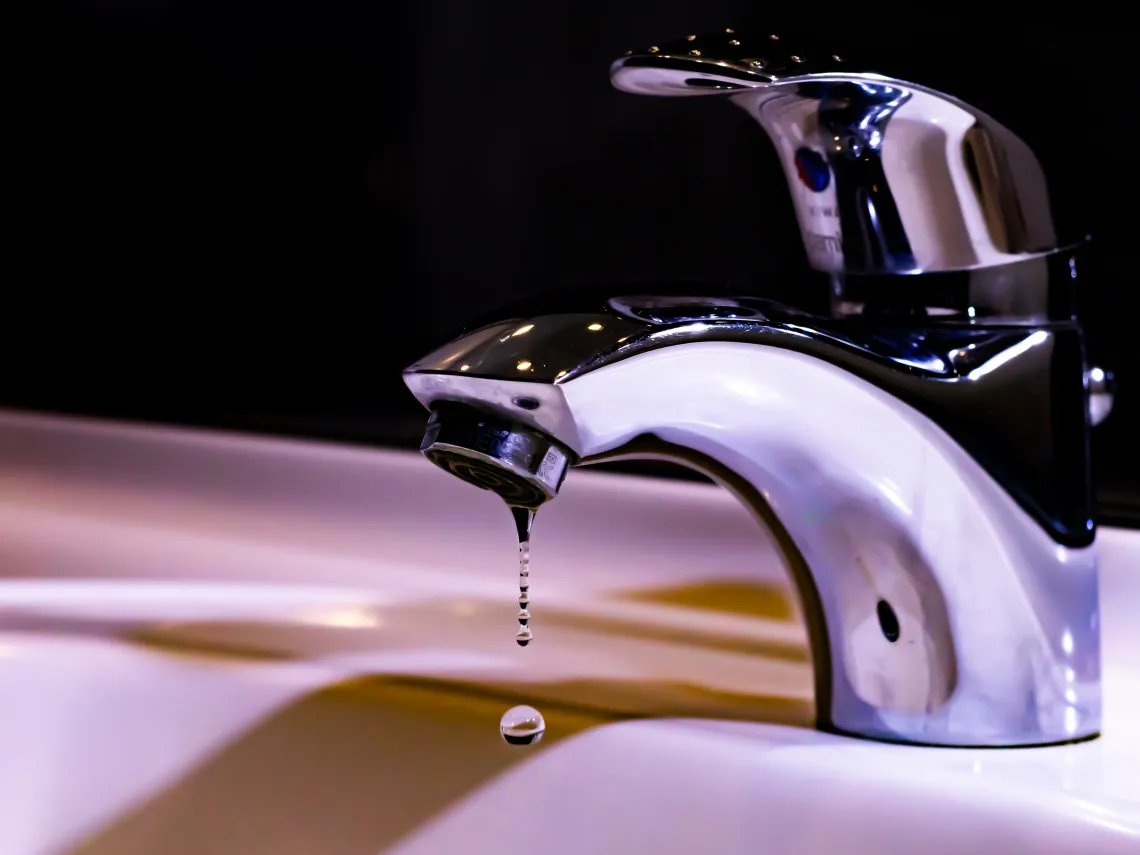Plumbing Poverty in U.S. Cities

A new in-depth report finds an increase in households without piped running water – what the authors call ‘plumbing poverty’ – in some of America’s wealthiest and fastest-growing cities. These cities include the metropolitan areas of San Francisco, Portland, Austin, Nashville, and Seattle.
The report identifies a clear link between unaffordable housing, metropolitan wealth gaps, and plumbing poverty, with households of color and renters disproportionately living without piped running water in their homes. This is particularly the case for households that spend 40-50% of their monthly income on rent, despite no access to running water.
Analyzing two decades of data trends, from 2000 to 2017, the researchers identify San Francisco as having the highest share of households without running water, followed by Portland, Milwaukee, San Antonio, and Austin (in ranked order). Piped water access worsened for households in these cities since 2000. Between 2000 and 2017, Los Angeles ‘improved’ to 7th place. But it still has 44,200 people without piped water.
Meanwhile, throughout the United States, nearly 460,000 households, or some 1.1 million people, lack piped running water in their homes. 73% of households without piped water are located in urban areas, with 29% in the 15 metros profiled in this report.
The research was led by Katie Meehan with the Department of Geography at King’s College London. Meehan is also a Ph.D. alumna from UArizona School of Geography, Development and Environment. Jason Jurjevich, associate professor of practice, and graduate student Nicholas Chun – both in the University of Arizona School of Geography, Development and Environment, co-authored the report.
Phoenix is one of the cities featured in the report:
- Rates of plumbing poverty have flat lined or “stagnated” since 2000. However, the situation has deteriorated for renter households.
- Renters are earning less and paying more to live in a home without running water. Renters account for 51% of households without piped water, and their rents rose by $250 (38%) while their median incomes fell by $230 (10%) between 2000 and 2017.
- The authors argue that “stagnation” equals “no progress” in terms of universal water access.
##
Read the King’s College London full press release
Report: Plumbing poverty in U.S. cities: A report on gaps and trends in household water access

